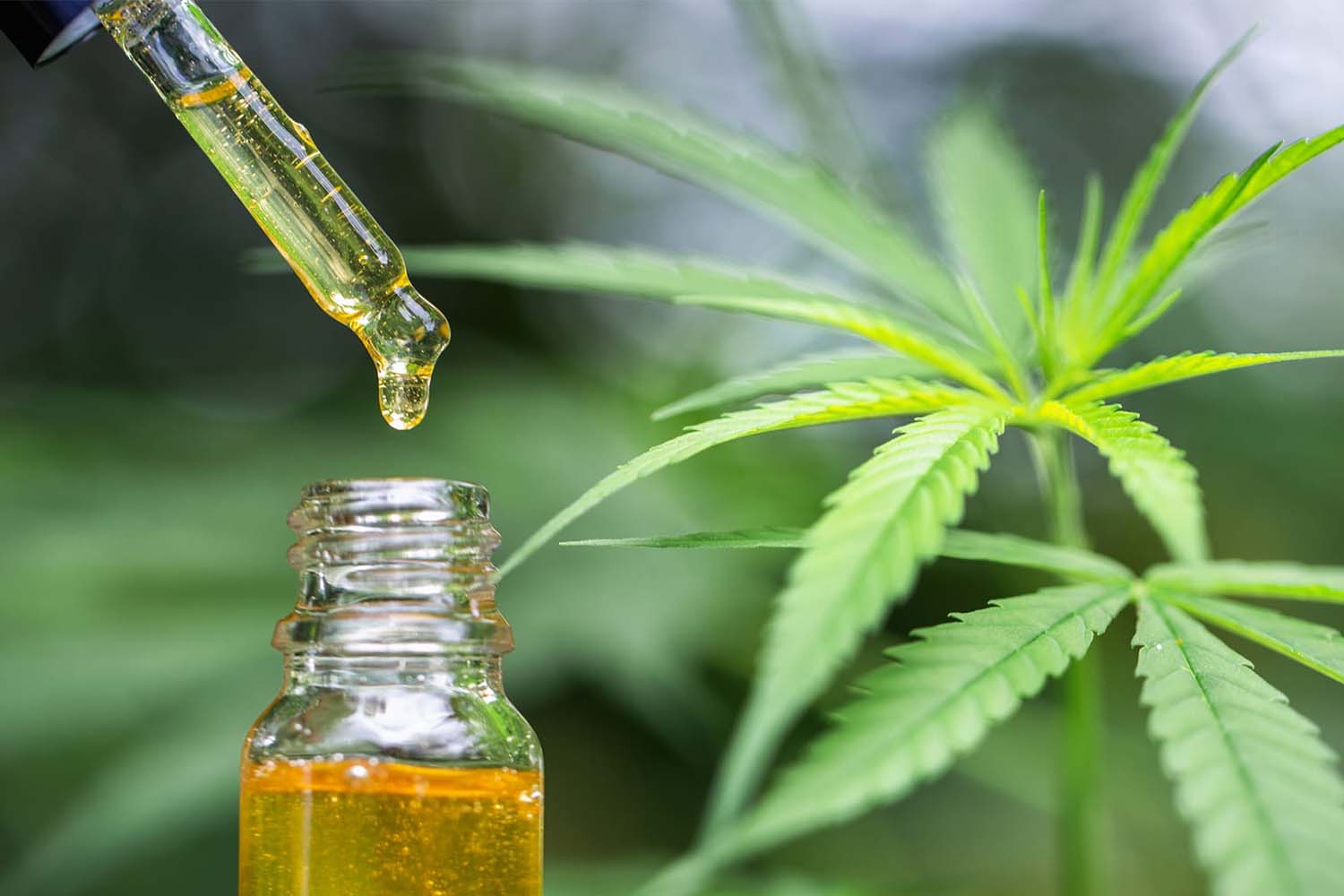Trichloroethylene, also known as TCE, is a chemical solvent commonly used in industrial processes such as metal degreasing and dry cleaning. Unfortunately, TCE is also a contaminant that can be found in ground water and surface water, and it can have serious health effects on those who are exposed to it.
In this blog post, we will discuss the dangers of TCE in your water and what you can do to protect yourself and your family.
Hazardous Chemical
First, it’s important to understand how TCE gets into your water. The chemical is often used in industrial processes and can leak or be spilled into the ground, contaminating nearby water sources. TCE can also be found in soil and groundwater near landfills, military bases, and other sites where the chemical has been used or disposed of. The link between Parkinson’s Disease and the contaminated drinking water at Camp Lejeune is an ongoing concern for veterans who were exposed during their time of service. The veterans are fighting for compensation for the damages they incurred due to this water contamination.
TCE can be found in the air, as the chemical can volatilize and travel long distances, meaning that the source of the contamination may not be near where you live.
Health Issues
When TCE is present in your water, it can have several negative effects on your health. The chemical is a known carcinogen and has been linked to an increased risk of several types of cancer, including kidney, liver, and lymphoma. Long-term exposure to TCE can also cause neurological effects, such as headaches, confusion, and memory loss. Additionally, the chemical can irritate the skin and eyes and can cause respiratory problems if inhaled. Pregnant women and children are particularly vulnerable to the effects of TCE. The chemical can cross the placenta and harm the developing fetus, and it can also affect the growth and development of children.
Safe Levels of TCE
It’s important to note that the level of TCE in your water that is considered safe is still being debated. The Environmental Protection Agency (EPA) has set a maximum contaminant level of 5 micrograms per liter, but some studies have suggested that even lower levels may be harmful.
What to Do?
So, what can you do to protect yourself and your family from the effects of TCE in your water? The first step is to find out if TCE is present in your water.
The EPA recommends that you contact your local water utility or health department to find out if TCE has been detected in your area.
You can also have your water tested by a certified lab, although this can be costly.
Reverse Osmosis Filtration System
If TCE is present in your water, there are several options for treatment. One option is to install a reverse osmosis filtration system, which can effectively remove TCE from your water. Another option is to install an activated carbon filtration system, which can also remove TCE but may not be as effective as reverse osmosis.
Reduce Exposure to Chemicals
Another way to protect yourself from TCE is by avoiding exposure to the chemical in other ways. For example, if you work in an industry that uses TCE, make sure you are following proper safety protocols to protect yourself from exposure. Additionally, avoid using products that may contain TCE, such as certain cleaning products or solvents.
Filing a Lawsuit
If negligence is the primary cause of TEC in the water, then you can file a lawsuit against the negligent party. American veterans were exposed to TEC at Camp Lejeune base and are currently fighting for compensation. Like that, you can also claim compensation against the negligent party with the help of a lawyer.
Holding these companies accountable is the best way to reduce future incidents.
It’s important to find out if TCE is present in your water and take steps to protect yourself and your family, such as installing a filtration system or avoiding exposure to the chemical. It’s also important to note that the level of TCE in your water that is considered safe is still being debated. Keep an eye out for future updates and guidelines from the Environmental Protection Agency (EPA) and other relevant authorities.







